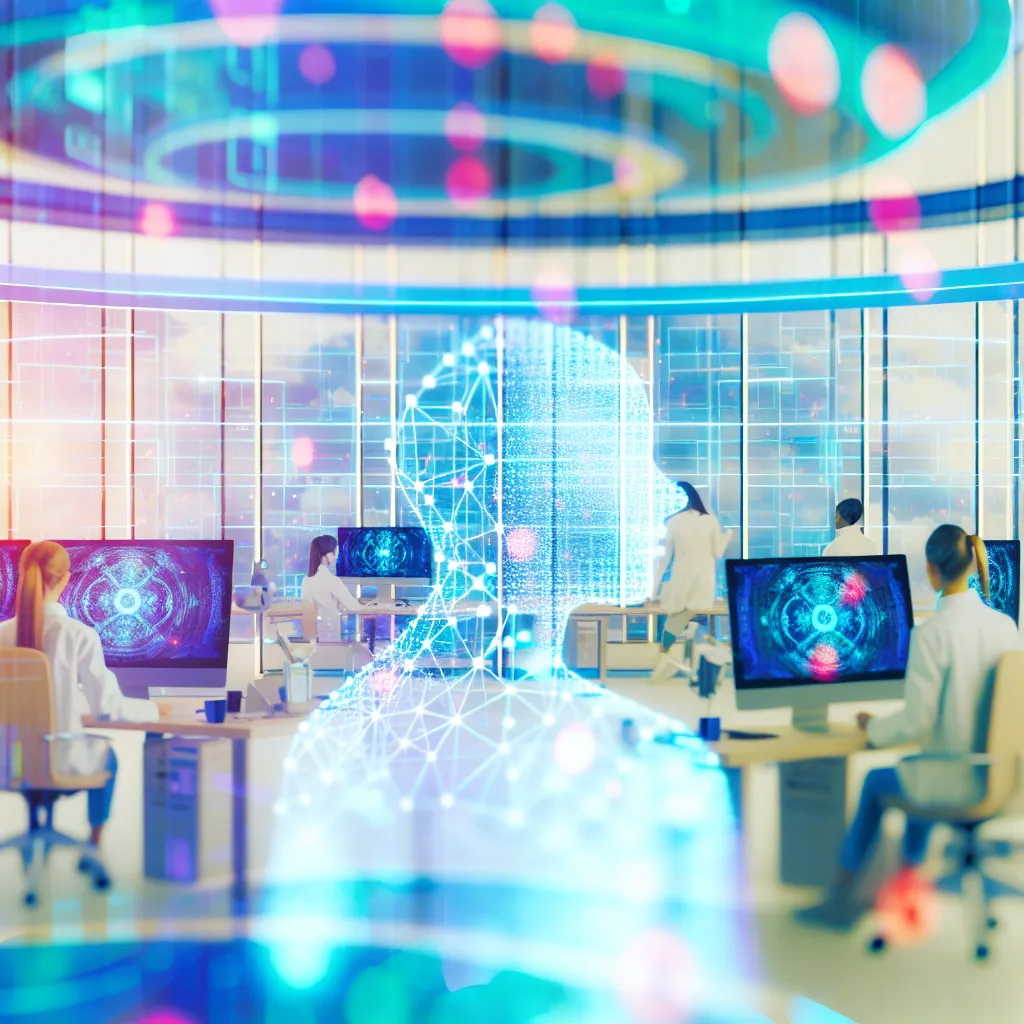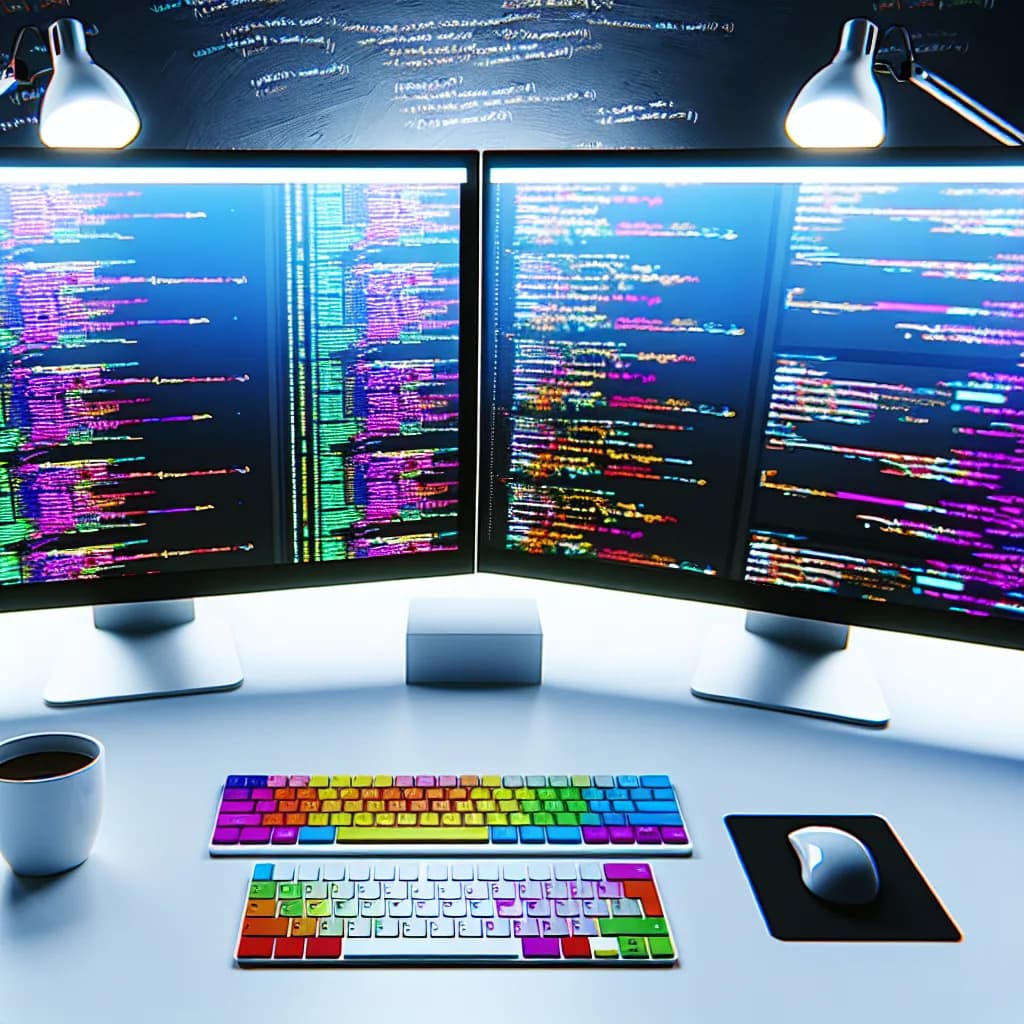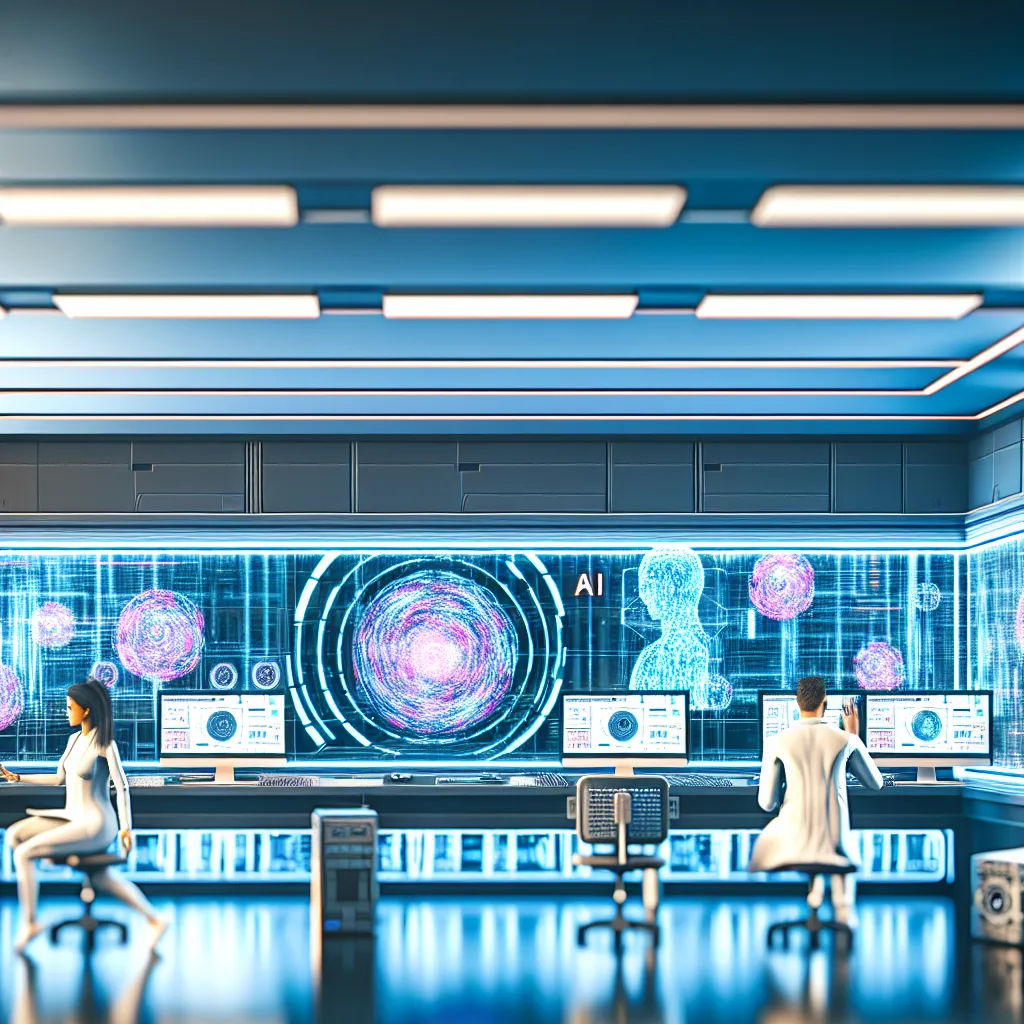
Introduction
Artificial Intelligence (AI) has long been a buzzword in tech circles, but its capabilities are evolving beyond mere novelty. Today, AI is transcending its initial role of generating ideas to executing complex tasks. This shift is not just about automation; it's about transforming how businesses operate, innovate, and compete. As we stand on the brink of this next evolution, understanding the nuances of AI's capabilities is crucial for tech-savvy professionals and business leaders.
From Ideas to Execution: The Core Concepts
AI's Evolutionary Leap
AI's journey from being a tool for generating creative ideas to executing tasks marks a significant evolutionary leap. Initially, AI systems like GPT-3 were primarily used to assist in brainstorming sessions, content creation, and providing suggestions. However, with advancements in machine learning and deep learning algorithms, AI is now capable of executing tasks with minimal human intervention. This evolution has been driven by the integration of neural networks that mimic human decision-making processes.
Beyond Automation: Intelligent Task Execution
While automation has been at the forefront of AI applications, the true potential lies in intelligent task execution. Unlike traditional automation that follows predefined rules, AI systems can now learn from data, adapt to new situations, and perform tasks that require human-like judgment. For instance, AI-powered chatbots can handle customer queries with nuanced understanding and context recognition, going beyond scripted responses.
Practical Applications
AI in Business Operations
AI's ability to execute tasks is revolutionizing business operations across various sectors. In finance, AI algorithms can analyze large datasets to predict market trends and make investment decisions. In healthcare, AI systems assist in diagnosing diseases by interpreting medical images and data with high accuracy, thereby reducing diagnostic errors.
Real-World Examples
- Manufacturing: AI-driven robots on assembly lines can adjust their operations in real-time based on the quality of materials and production demands.
- Retail: AI systems manage inventory by predicting consumer demand and optimizing stock levels, reducing waste and improving efficiency.
- Customer Service: AI chatbots provide 24/7 support, handling inquiries and resolving issues without human intervention.
Future Outlook
As AI continues to evolve, the next frontier lies in hyper-automation, where AI not only executes tasks but also autonomously improves them. The integration of AI with Internet of Things (IoT) devices could lead to smarter environments, where systems intuitively respond to human needs.
However, these advancements come with ethical considerations. The potential for AI to replace human jobs poses socio-economic challenges, necessitating policies that balance technological progress with workforce adaptation.
Conclusion
The evolution of AI from generating ideas to executing tasks is redefining the landscape of industries. This transformation is marked by increased efficiency, innovation, and a shift in the human-machine relationship. For businesses, embracing this evolution means staying competitive and relevant in a rapidly changing environment. As we look forward, the key lies in harnessing AI's potential while addressing its ethical implications, ensuring that technology serves humanity's best interests.
About AI Toollens
AI Tools platform expert



